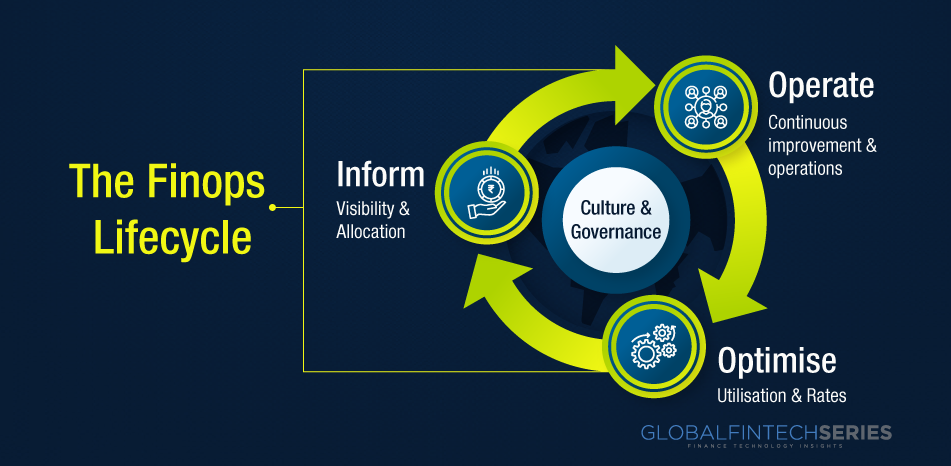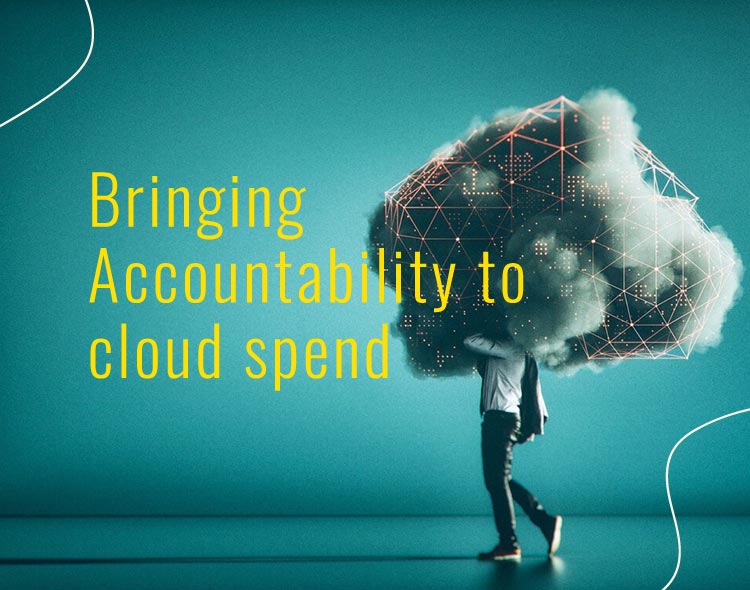Whatever name it may have, FinOps is the method for implementing a financial accountability cultural shift to the cloud’s variable spend model, allowing distributed engineering and business teams to trade-off between speed, cost, and quality when determining on their cloud architecture.
It is sometimes incorrectly referred to “Cloud Financial Operations” but that term is falling out of favor due to its ambiguity with the more traditional “Financial Operations” role that exists in Finance.
Spending on the cloud can increase revenue, indicate a growing client base, enable faster product and feature releases, or even aid in the shutdown of a data center. FinOps is all about breaking down barriers, giving engineering teams the tools they need to deliver better features, apps, and migrations more quickly, and facilitating cross-functional discussions about where and when to invest. A company may choose to invest more money or elect to cut costs on occasion. Yet now, teams are aware of their rationale for doing so.
Model for FinOps Maturity
FinOps is an inherently iterative discipline, and repetition will lead to increased maturity of any given process, functional activity, capability, or domain. An organization in the “Crawl” stage is typically very reactive and focused on fixing issues after they arise, whereas a group in the “Run” stage is proactive in taking cost into account when choosing their architecture design options and continuous engineering processes.
 Latest Read: One Of The Industry’s Best Kept Secrets: Expense Management By CFO’s
Latest Read: One Of The Industry’s Best Kept Secrets: Expense Management By CFO’s
While performing FinOps, businesses can start small and increase in scale, scope, and complexity as business value justifies maturing a functional activity using a “Crawl, Walk, Run” maturity strategy. FinOps teams can evaluate the results of their quick, small-scale, and focused activities and obtain knowledge about the benefits of taking additional action that is larger, quicker, or more precise.
Principal Participants in Cloud Financial Management
Although a central FinOps function may help to facilitate organizational transformation, FinOps is not carried out by a single individual or team; rather, it modifies how various engineering, financial, and business teams collaborate. Executives, Engineers, FinOps Practitioners, Operations, Finance, and Procurement are just a few of the people who can play a variety of roles in the FinOps discipline.
Financial Cloud Management
Usually, the finance department requests that a company start the FinOps discovery process. This is due to the likelihood that purchasing managers and finance executives may scrutinize CSP invoices that are greater than expected.
Although the IT and DevOps teams may wish to exclude non-technical management from their technological decisions, a partnership may be advantageous. The use of technology in cloud financial management is also important. Without compromising application performance, optimizations and careful workload placement modifications can result in significant cost reductions.
With the maturation of cloud adoption, cross-departmental teams have been formed typically incorporating four groups of stakeholders: corporate executives, finance and procurement specialists, engineering and operations managers, and application or product owners. These teams are often led by a cloud procurement specialist. Their primary objective is to promote a culture of responsible spending without hampering innovation or business velocity.”2
Five crucial success measures to evaluate the impact of cloud FinOps
The ability to measure impact requires clearly defined success metrics.
Latest Read: A Closer Look At Integrated Document Management And Accounts Payable Software
Metrics for accountability and facilitation
This pillar sets the stage for the process and cultural transformation journey in cloud FinOps and is fundamental to creating a culture of cost and value awareness. By reducing IT financial processes and enabling seamless cloud governance, the main objective is to contribute to driving financial accountability and accelerating business value realization.
Metric for measurement and realization
Accurate data and efficiency metrics, which begin with the idea of cloud costs visibility and traceability, are the cornerstones of any good process. This is fueled by suitable resource hierarchy and project structure standards, which are backed up by a data architecture that supports labeling and tagging when it comes to your company’s use of cloud resources.
Cost-effectiveness metric
Cloud cost optimization is more than just expense reduction; it’s also about budgeting wisely to optimize company value. It is a continuous, iterative process that offers a dependable framework for visualizing and managing cloud utilization in the most economical way.
Forecasting and planning metrics
The core competence of finance organizations, financial planning, directly affects each company’s capacity for cloud computing prediction accuracy. The main goal of financial planning is to predict with accuracy the financial measures that are annually set to direct the company’s financial goals.
Tools and speedups in metrics
For FinOps procedures to be as effective as possible, it’s critical to use the right tools and accelerators. Companies may have had limited ability to report in-depth analyses of cloud spending in earlier stages.
